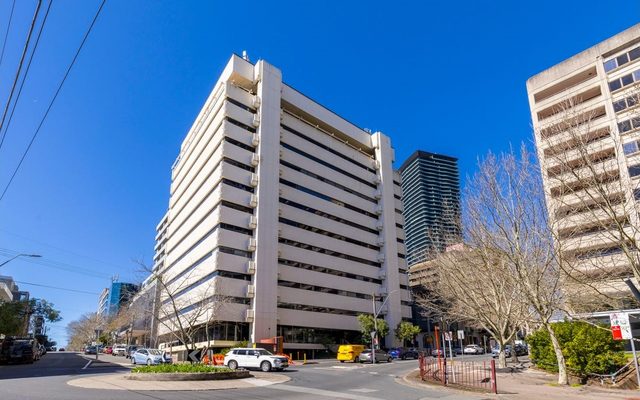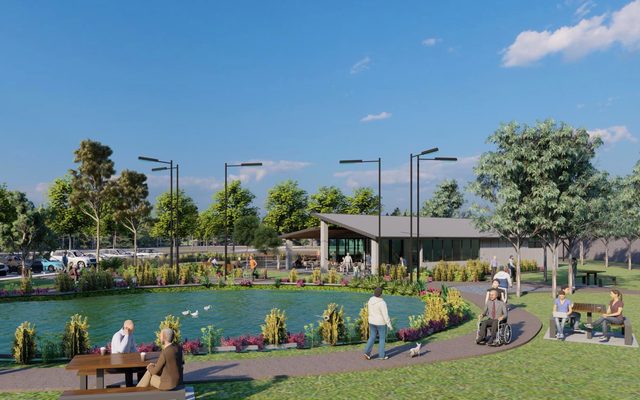This article is from the Australian Property Journal archive
$10 million worth of affordable accommodation investments has changed hands on Sydney’s Northern Beaches, as buyers target assets in a position to benefit from the ongoing rental crisis.
The two new age boarding house assets include the 16-room Barinya House and the 11-room the Studios.
Toby Silk, Nicholas Heaton and Aaron Aria from CBRE’s metropolitan investments team managed the sales of the accommodation assets to two individual investors.
“Boarding house assets are attractive in the current market as they are placed to be a major beneficiary of the rental boom we’re experiencing amid ongoing housing affordability issues,” said Silk.
“Historically, investors were concerned with the intensive management these assets require but with the right structure and designs in place, including self-contained rooms, they can be quite passive.”
The freestanding Barinya House is located around 15km north of the Sydney CBD at 789 Pittwater Road in Dee Why and sold for $5.2 million, for a net return of 4.8%.
While the fully furnished The Studios, around 17km north of the CBD at 120 Pittwater Road in Manly sold for $4.5 million at a 4.5% yield.
“These properties play a pivotal role in providing affordable accommodation for some integral industries while also offering accommodation for transient people,” said Arias.
Each boarding house property also includes fully self-contained rooms with bathrooms and kitchenettes.
“We expect rental growth to outpace future rate hikes and keep yields steady, which will continue to drive interest in these types of investment opportunities,” added Arias.
This comes as the national vacancy rate is holds at the historic low of 1% for the third month in a row, as listings fall across the country and national property prices drop for the first time since May 2020.
“Recent changes to legislation around the construction of these assets in low density areas has also made future projects less feasible, which will help to underpin future rental growth,” concluded Arias.




